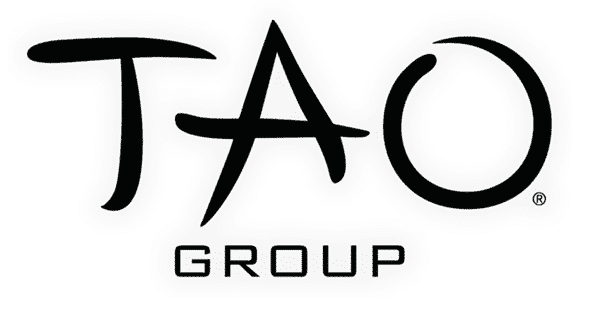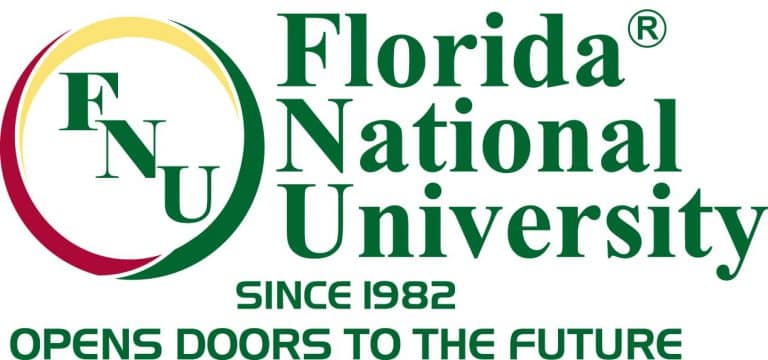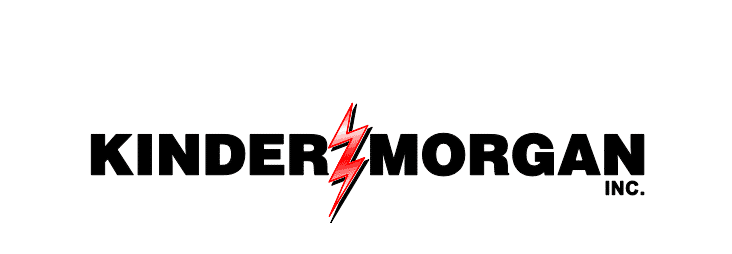Introduction

In an age where digital noise overwhelms consumer attention and competition is fiercer than ever, credibility is the most powerful currency a brand can have. While businesses invest heavily in sleek websites, content marketing, and advertising campaigns, one element often stands out as more persuasive than the rest: the authentic voice of the customer.
Among all forms of social proof, video testimonials reign supreme. These short, unscripted, and authentic clips featuring real customers can influence potential buyers far more effectively than any marketing copy ever could. Video testimonials are not just tools for emotional engagement — they are strategic assets for credibility, conversion, and long-term brand trust.
In this post, we’ll explore why video testimonials are so powerful, how they contribute to building credibility, and how businesses of all sizes can effectively incorporate them into their marketing strategy.
Why Credibility Is the Cornerstone of Brand Success
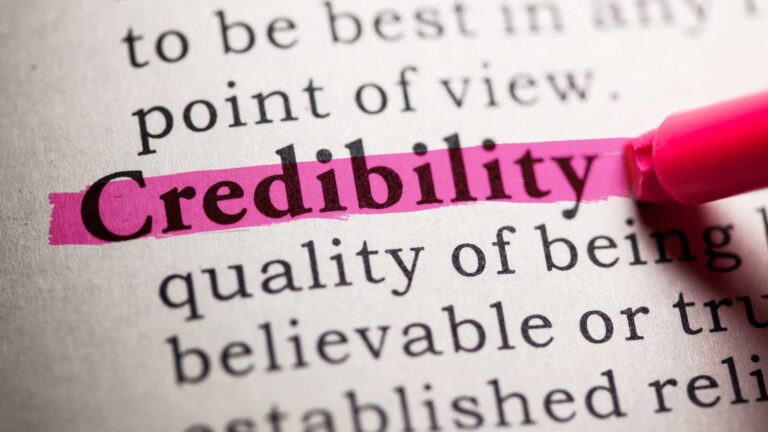
Before diving into video testimonials specifically, it’s essential to understand the central role of credibility in marketing and sales. In an online landscape where consumers are bombarded with ads, fake reviews, and influencer promotions, trust is no longer given freely — it must be earned.
Credibility is what makes a brand dependable in the eyes of its audience. It reassures potential buyers that they are making the right choice, reduces the perceived risk of a purchase, and lays the foundation for long-term loyalty.
However, credibility cannot be manufactured overnight. It grows through consistency, transparency, quality, and — importantly — validation from others. That’s where video testimonials enter the picture, acting as living proof of your brand’s promises.
The Psychology Behind Testimonials: Why They Work

Humans are inherently social creatures. We tend to look to others for cues on how to behave or what to believe — a phenomenon psychologists call social proof. When people see others using and endorsing a product or service, especially if they perceive those people as relatable or trustworthy, they are more likely to take the same action.
Video testimonials amplify this effect for several reasons:
- Visual and auditory realism: Seeing someone’s face and hearing their voice makes the message more believable and emotionally impactful than a written quote.
- Authenticity cues: Viewers can pick up on body language, tone, and facial expressions, all of which make the testimonial feel genuine and unrehearsed.
- Storytelling power: Video allows customers to share not just what they liked, but the entire journey — their problem, the solution your brand provided, and the results.
These elements create a compelling narrative that prospective customers can see themselves in. As a result, video testimonials don’t just convey information — they move people to act.
Video Testimonials vs. Other Types of Social Proof

You might already use customer quotes, Google reviews, or case studies. So why invest in video? Let’s break down how video testimonials differ — and often outperform — other formats:
1. More Engaging Than Text
People process visual information 60,000 times faster than text. In an era of decreasing attention spans, a 30- to 60-second video can deliver far more impact than a paragraph of written praise. Plus, video is more likely to be consumed, shared, and remembered.
2. Harder to Fake
Written testimonials are relatively easy to fabricate, and consumers know this. But a real person talking candidly on camera — especially in a less polished setting — lends a sense of authenticity that’s hard to fake. This makes the testimonial more trustworthy.
3. Better for SEO and Conversion Rates
Video content increases time spent on site and improves SEO performance. According to Wyzowl’s Video Marketing Statistics report, 84% of people say they’ve been convinced to buy a product or service by watching a brand’s video — and testimonials are one of the most influential types.
What Makes a Great Video Testimonial?

Not all video testimonials are created equal. To build credibility, the testimonial must strike the right tone, contain meaningful content, and feel authentic. Here are key ingredients for an effective testimonial:
1. Real People, Real Stories
The person giving the testimonial should be a genuine customer, not a paid actor. Their story should be their own — unscripted, imperfect, and emotionally honest. The more relatable they are to your target audience, the better.
2. A Clear Narrative Structure
Great testimonials tell a story. Ideally, the customer walks through:
- The problem or challenge they faced
- Why they chose your brand
- How your product or service helped
- The result or benefit they experienced
This structure makes the testimonial not just informative, but memorable.
3. Emotional Resonance
Facts tell, but emotions sell. A good video testimonial should include more than just stats or outcomes — it should convey how the customer felt before and after using your product or service.
4. Brevity and Clarity
While depth is valuable, brevity is crucial. A testimonial that’s too long may lose the viewer’s attention. Aim for 30 to 90 seconds — long enough to be impactful, short enough to be digestible.
How Video Testimonials Build Brand Credibility

Let’s take a closer look at the specific ways video testimonials build credibility for your brand:
1. They Provide Third-Party Validation
When a customer goes on camera to share their experience, it’s not your company saying, “we’re great” — it’s someone else doing it for you. This third-party validation is significantly more convincing than internal claims.
2. They Humanise Your Brand
Video testimonials put a human face to your offering. Rather than abstract features or benefits, viewers see how your product affects real people. This builds emotional connections that translate to trust.
3. They Show Results in Action
Customers often talk about concrete outcomes in their testimonials — improved results, time saved, problems solved. This proof of performance reassures viewers that your product actually delivers what it promises.
4. They Reflect Your Values
The type of customers you showcase in video testimonials also reflects your brand identity. If your audience sees people they relate to — in profession, values, lifestyle, or demographics — they’re more likely to trust your brand.
Types of Video Testimonials to Consider
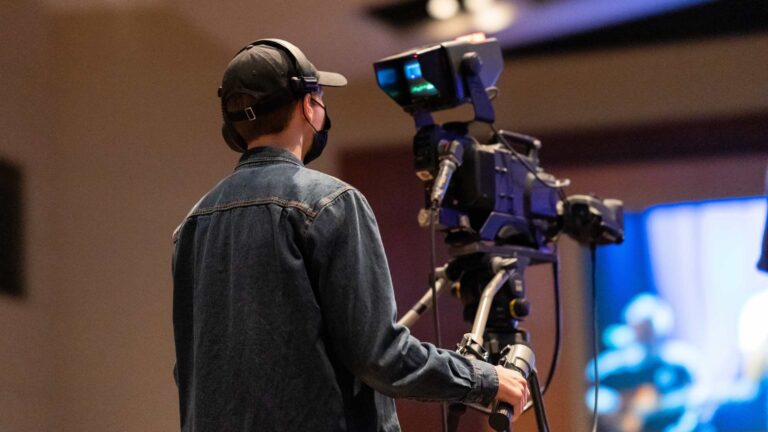
Depending on your business goals and audience, there are several styles of video testimonials you can use:
1. One-on-One Interviews
These are classic sit-down formats where the customer answers questions about their experience. These work well for high-involvement purchases like B2B software, real estate, or coaching services.
2. Customer Story Montages
This approach weaves together clips from several customers into a single narrative. It creates a sense of community and broad support for your brand.
3. User-Generated Video Clips
Encourage customers to shoot their own videos on their phones and send them in. These raw, informal testimonials often feel the most authentic and work well on social media.
4. On-Site Reactions
If you have a physical location (store, clinic, office), capture spontaneous reactions from satisfied clients as they leave. These can be short and snappy — perfect for Instagram or TikTok.
Best Practices for Filming and Editing Video Testimonials

Creating high-quality video testimonials doesn’t require a Hollywood budget, but it does demand attention to detail. Here are some best practices:
- Prep the customer, not script them: Provide a few questions in advance but let them speak naturally.
- Use good lighting and sound: Even a smartphone camera can work well with proper lighting and a quiet setting.
- Keep the background clean: A tidy, neutral setting helps keep the focus on the speaker.
- Edit for clarity and emotion: Cut out rambling or filler, but preserve the speaker’s authentic voice and expressions.
- Add captions: Many people watch videos on mute, especially on social platforms.
- Include branding subtly: A logo intro/outro or lower-third title with your brand name is enough — the focus should remain on the customer.
How to Collect Great Video Testimonials

Getting customers to agree to record a video can feel intimidating — but it doesn’t have to be. Here are a few ways to encourage participation:
- Ask right after a win: Timing is everything. Ask for a testimonial soon after the customer sees great results.
- Make it easy: Offer to record the video for them, or provide tools and tips for filming it themselves.
- Offer incentives: While the content should stay authentic, a small gift or discount can encourage more customers to participate.
- Use surveys to identify happy clients: Follow up on positive feedback in emails or NPS surveys with a testimonial request.
Where to Use Video Testimonials for Maximum Impact

Video testimonials are versatile assets that can be leveraged across your marketing funnel. Consider using them in:
- Website landing pages (especially near CTAs)
- Product or service pages
- Email marketing campaigns
- Social media (Instagram, LinkedIn, YouTube)
- Paid ads and retargeting campaigns
- Sales presentations or proposals
- Investor decks or pitch meetings
By strategically placing testimonials at decision-making touchpoints, you reinforce trust at the moment it’s needed most.
Real-World Success Stories: Brands That Nailed It

Dropbox
Dropbox famously launched with a video that included testimonials from early users explaining how it improved their productivity. This simple strategy helped the company grow from 5,000 to 75,000 signups overnight.
Airbnb
Airbnb showcases video stories of hosts and travellers sharing their experiences. These authentic narratives foster trust among new users wary of peer-to-peer rentals.
HubSpot
HubSpot’s testimonial videos from B2B clients highlight real ROI and humanise the software’s impact, making abstract metrics relatable.
These companies understood that real voices make real impact — and used video testimonials to scale trust in ways that conventional advertising couldn’t.
Conclusion

In a digital ecosystem brimming with polished marketing, authenticity wins. Video testimonials are among the most powerful tools a brand can use to build credibility, nurture trust, and inspire action. They bring real voices to the forefront, showing — not just telling — potential customers why your brand is worth believing in.
Whether you’re a small business owner, a startup founder, or a marketing professional, now is the time to tap into the potential of video testimonials. Collect them. Share them. Let your customers do the talking — because no one can sell your brand better than those who already love it.










